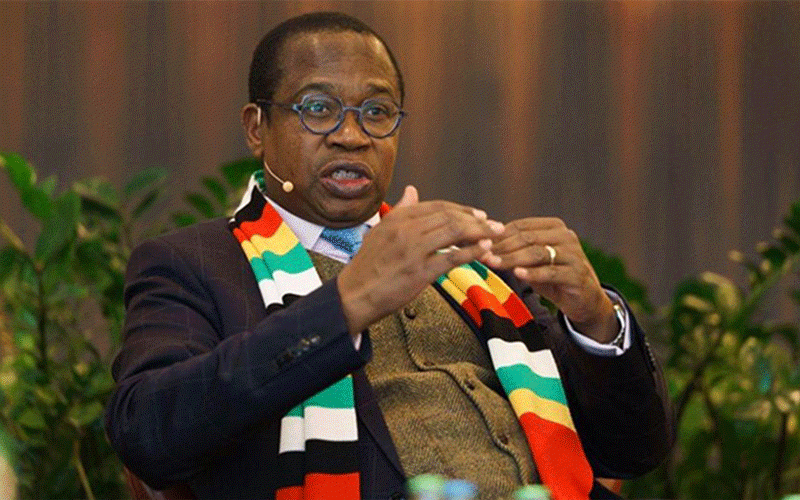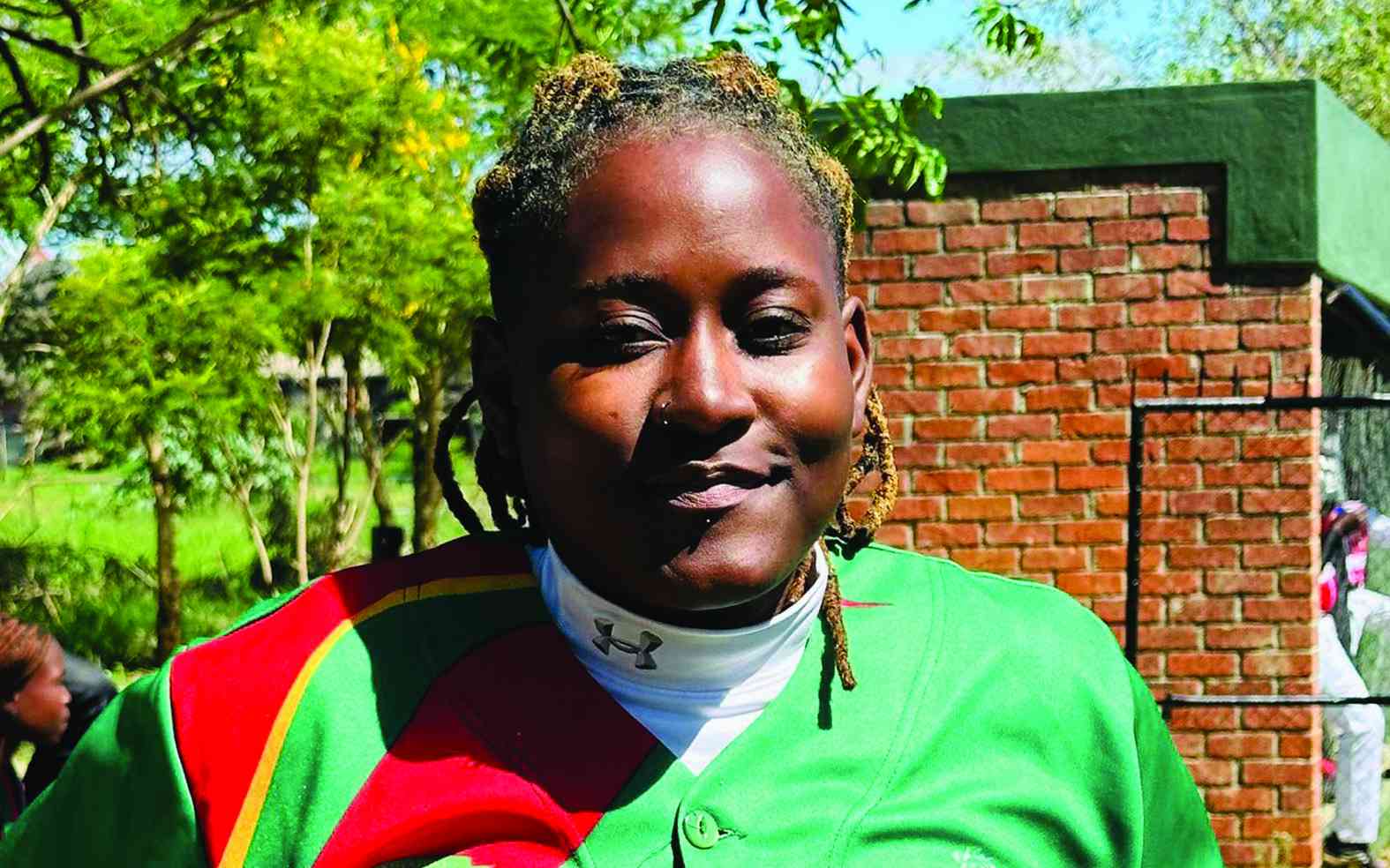
TRENDS in budget formulation and spending provokes some key questions begging answers from policy communities.
- Do the top 10 ministries, departments and agencies recipients in the budget really reflect national priorities?
- Who sets and decides these “national priorities”? Is there national consensus on the top government priorities?
- Are there political interests vested in resource allocation through budget process?
- Could it be that priorities of incumbent governments are self-serving and meant to consolidate power and status quo?
- Is democracy so skewed that at voting, citizens relinquish all power and decision-making to authorities to make decisions on resource allocation entirely at their discretion?
- Do citizens actually have means and power to challenge or reverse resource allocation decisions by the executive or remain at the mercy of elected and appointed officials in this regard?
- Should allocations be performance based?
Although the Primary and Secondary Education, as well as the Health and Child Care ministries, are at the apex of the 2023 national budget allocation, evidence from the 2022 budget expenditure shows that the two ministries receive huge allocations, but disbursements were not done optimall, culminating in under-expenditure.
Key informant interviews with officials from the two ministries show that there might be a deliberate ploy by Treasury to suffocate disbursements.
As of June 2022, the Primary and Secondary Education ministry had only utilised 44% of its total budget, by September 2022 it had used 52%, thereby leaving 48% of its allocated resources.
The Health and Child Care ministry had utilised 27% as of June 2022 and 42% as of September 2022, thereby failing to utilise 58%.
Therefore, using an expenditure analysis rate scale, it would be just for one to argue that it is highly impossible for the two ministries to exhaust all their allocated resources in the remaining months of the year (October-December) if in nine months they only utilised 52% and 58%.
It goes without saying that allocation of resources is one thing and disbursing of resources is another, which all took place in different dimensions where vested interests are at play.
It can also be said that huge allocations towards health and education are made with a deliberate intent to water down the concerns of the citizens. The under-expenditure of the two ministries is a clear testimony.
- Lest our MPs forget
- School of sport: Who is in charge?
- Govt pleased with teacher turnout, but ...
- Govt pleased with teacher turnout, but ...
Keep Reading
In addition, the politics of resource disbursements is substantiated by the fact that as of June 2022, the Office of the President and Cabinet (OPC) had already overspent its allocated budget votes by 10%.
Consequently, the OPC was allocated an additional $47,2 billion for the second half of the year. As of September 2022, after a supplementary budget, the OPC utilised 97% of its budget allocation.
While this is not illegal, as the OPC will be undertaking its meta-governance role and the appropriations are done through Parliament, it, however, shows power dynamics in resource utilisation.
This is because vital sectors such as health and education as presented above are failing to utilise their resources.
Security sector expenditure has always been higher. As of June 2022, the Defence ministry had utilised 75% of its allocated resources and as of September 2022, it had used 88%, thereby failing to utilise 12%.
Using an expenditure analysis rate scale, there is a greater possibility that by the end of the year, the ministry would have utilised all its resources. This is despite the fact that Zimbabwe is experiencing positive and negative peace and shows how other sectors are prioritised over others.
Applying the realist school of thought, he who controls the military controls electoral outcomes and one way of pacifying the military is through huge allocations.
However, it is critical to note that huge allocations toward the military are done through Parliament and are not illegal.
Therefore, what remains is for citizens, through their Members of Parliament, to determine how they want resources to be allocated. Nonetheless, it remains a cause for concern as year-in-year-out citizens’ submissions are overlooked. The Agriculture ministry has never had challenges in utilising its allocations.
In 2021, it had an over expenditure of 171%, thereby raising serious concerns why such an over disbursement was done without parliamentary approval.
As of September 2022, the ministry had utilised 87,7%. - Zimcodd
AfCFTA crucial for Africa’s economic recovery, growth
THE African Continental Free Trade Area (AfCFTA)’s successful implementation can boost trade and promote Africa’s economic recovery and growth.
AfCFTA is the world’s most extensive free trade area in terms of size and number of nations, with a combined gross domestic product of around US$3,4 trillion.
Increased integration would improve incomes, generate employment, stimulate investment and make establishing regional supply chains easier.
In comparison to Africa’s external trade, intra-African trade remains tiny. In 2020, just 18% of exports went to other African nations.
Furthermore, the World Bank believes that if effectively implemented, AfCFTA would lift 30 and 68 million Africans out of severe and moderate poverty by 2035. By 2035, AfCFTA could grow intra-African trade by 81% and raise wages by 10%.
Importantly, intra-African commerce has a lower proportion of commodities and a more significant proportion of manufactured products than African trade with the rest of the world.
Primary goods make for more than 70% of inter-African exports.
However, manufactured items account for roughly 45% of intra-African exports, with primary commodities accounting for the remaining third.
As a result, intra-Africa trade is less vulnerable to global commodity price volatility and is better positioned to promote structural reform.
Consequently, African policymakers have more leeway in crafting economic recovery plans that turn away from commodity reliance to regional integration.
Although AfCFTA has been in effect since January 2021, signatories agreed to origin rules for 87,7% of tariff lines earlier this year (the aim was to liberalise 90% of tariff lines).
This tariff agreement allowed trade to commence after governments had implemented local changes to their respective rates.
However, Africa might not enjoy the full advantages of AfCFTA until non-tariff trade obstacles are removed.
According to the International Monetary Fund, reducing non-tariff constraints might be up to four times more valuable than tariff reductions in increasing trade. - Exchange
Parly needs to have effective oversight role in national projects
THE 2023 national budget is commended for surpassing the 1,5% Ethekwini Declaration on water and sanitation by allocating $142,7 billion, which constitutes 3% of the total budget.
This allocation is earmarked for dam construction, irrigation infrastructure, drilling of boreholes, rehabilitation of existing water infrastructure and water supply systems.
From the 2022 budget, $35,1 billion was availed during January to September 2022 period for dam construction with Chivhu dam already at 98% completion.
The allocation towards water and sanitation is a commendable progression given the dire state of water provision, water supply systems and water infrastructure in the country.
Government efforts, with respect to water and sanitation, will be complemented by US$44,3m from development partner support, Green Climate Fund and US$20m from the special drawing rights.
However, tracking major dam construction in Zimbabwe makes one wonder if government is sincere about addressing water challenges.
This can be evidenced by Semwa Dam in Mt Darwin, which was allocated $750 million in 2021 with a total estimated cost of $3,4 billion.
The dam was expected to have been completed in 2023, but is still at 40%. Kunzvi Dam in Goromonzi is another testament of governments failure in fulfilling its promises, despite allocations
The dam constructions started in 2021 with an allocation of US$109 million expected to be completed in 2023.
However, up to now, construction is still on 8%. Silverstroom (Mbada) Dam in Centenary was allocated US$ 171 million.
The project started in 2019 and is expected to end in 2022.
However, the project is on 9%. In all the above scenarios, there is a greater possibility that the reason why government has failed to fulfil its promises in finishing the constructions of the dam is because the money might have been abused.
The abuse of public resources earmarked for transformative infrastructure is not a new phenomenon in government.
The airport scandal US$100 million in 1986, 1987 — Zisco Steel blast furnace scandal, 1999 — VIP land grab scandal, 2001 — Harare Airport scandal, 2008-2014 — Airport Road scandal, 2016 — Mnangagwa’s command agriculture scandal and 2018 — Zesa Holdings scam involving Samuel Undenge’s criminal abuse of office, to mention but a few. Therefore, an effective project oversight by Parliament is of great importance to unearth and deter corruption in project implementation. - Zimbabwe Coalition on Debt and Development











